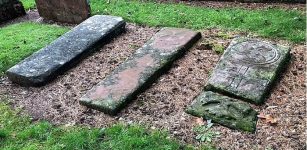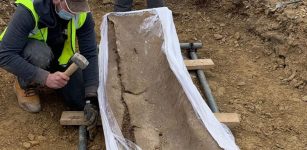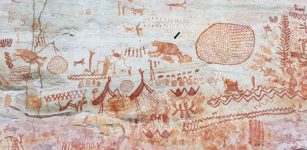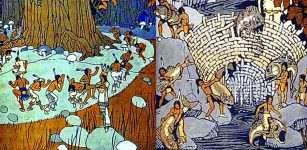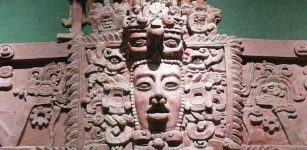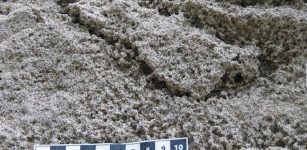7,000-Year-Old Tepe Ozbaki Mounds Yielded Valuable Relics – But Now The Site Is In Trouble
Conny Waters - AncientPages.com - Unfortunately, there is not enough money for the restoration and conservation of one of the most valuable ancient archaeological sites known as the mounds of Tepe Ozbaki (Ozbaki Tappeh), a key Chalcolithic site situated in Alborz province close to the Tehran plains, and some 80 km west of Tehran.
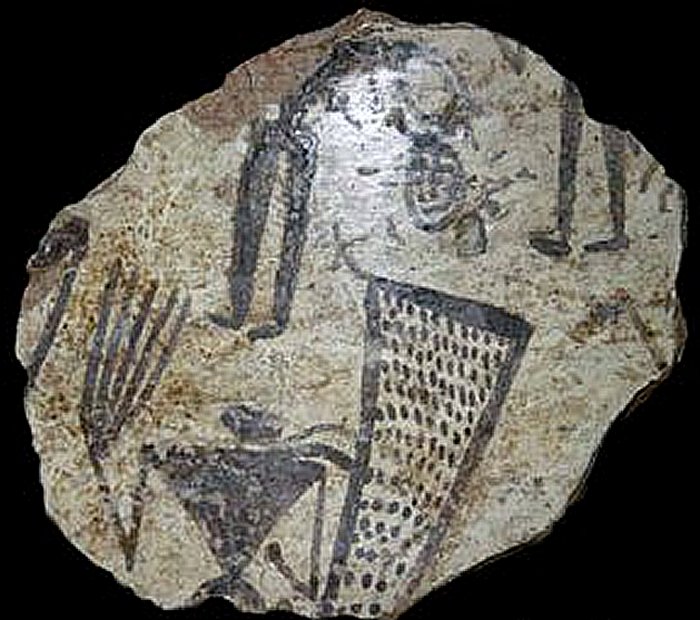 Relics from the ancient site of Tepe Ozbaki. source
Relics from the ancient site of Tepe Ozbaki. source
'Restoration of historical sites, buildings, and complexes are often very costly, and with limited financial resources, no significant change could be expected.
However, money is not the only problem related to the mounds of Tepe Ozbaki. Construction of roads and canals, irrigated agriculture, and industrial development threaten the preservation of the site.
The site has yielded many cultural relics and remains of ancient settlements dating from the first half of the 7th millennium to the first half of the first millennium BC, i.e. the Median Dynasty (c. 678 BC–c. 549 BC). These settlements include those inhabited by "Grey earthenware" Aryans as well as the Medians.
The discovery of objects such as tablets, statuettes, and ‘jagged’ earthenware in Ozbaki hill indicate some kind of commercial link between an ancient fascinating city of Susa in Khuzestan province, Zagros Mountains, and Tepe Ozbaki, according to senior Iranian archaeologist Yousef Majidzadeh who led the excavations at Ozbaki, Qabristan, and Jiroft hills.
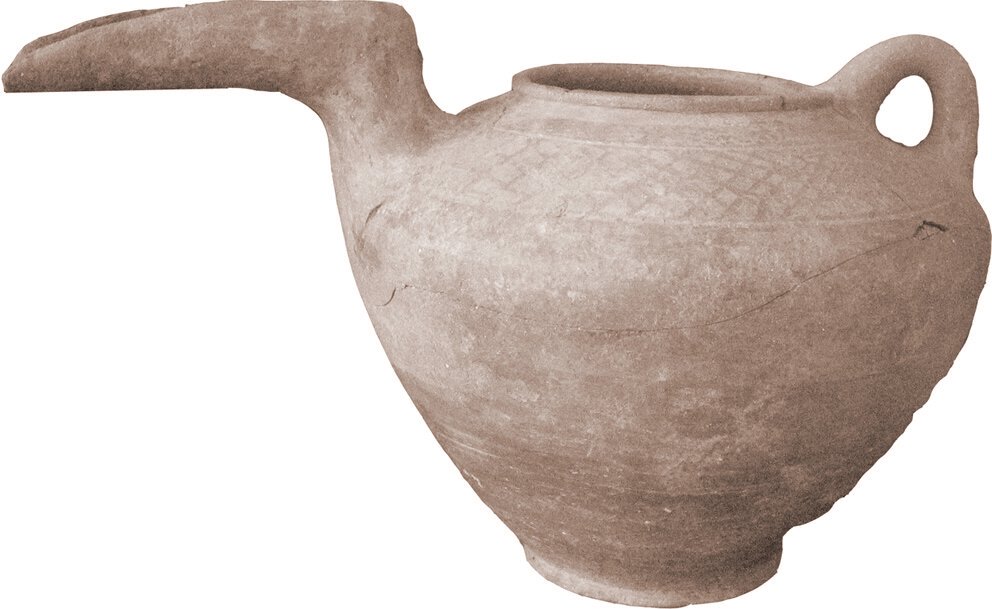
Back in 2016, the archaeological enclosure opened to the public as an open-air museum of cultural heritage. It was announced in the same year that the archaeological enclosure is in the queue for registration in the UNESCO World Heritage list. Experts say the significance of the site was such that the invaders, after occupying it, chose it as their settlement and their rulers built a castle to control a major part of their territories in the central plateau.
Considering the scattered form of the mounds and according to earthenware findings, it can be said that the area of Ozbaki site is about 100 acres. Before excavations at Ozbaki Tappeh, the oldest sites so far found in the central Iranian Plateau were only found in the Silk Tappeh near Kashan and Zagheh Tappeh in the Qazvin Plain.
Until the 1970s, the in-depth knowledge of the chronicle of prehistoric cultures in the Central Plateau was based on the results of French excavations in Kashan's Silk mound. According to this chronology, since the most ancient times up to the mid 4th millennium, BC the societies of these regions belonged to the same culture, one which continued during the above millennia continuously, writes Tehran Times.
In the early 1970s, excavations led by this author in the Qabrestan Tappeh in the Qazvin plain revealed new findings in the form of different earthenware. In excavations in Tepe Ozbaki, archaeologists found similar remains of earthenware called Plum Ceramics, with a history going back to the early Neolithic Age (7th millennium BC).
Additional architectural remains belonging to this culture were also unearthed, and they attest to the invasion of migrating intruders. For now, there is no concrete evidence of the origin of the invaders, but it is believed they came from a region beyond the Caucus Mountains.
Furthermore, a minute study of the prehistoric earthenware of the Central Plateau shows that the differences between these periods are so considerable that each kind of pot represents a different ethnic group, indicating the movements of different ethnic groups in the Central Plateau. Doubtlessly future studies on human bone findings, particularly DNA tests will answer such questions.
Studies also suggest that the discovery of objects such as tablets, statuettes, and "jagged" earthenware unearthed at the site indicates some kind of commercial link between Tepe Ozbaki and Susa.
Today, the situation is difficult for this ancient site. “No funds have been allocated for the restoration of Tepe Ozbaki in the current [Iranian calendar] year (started March 2020), and none of the previously-proposed plans for the restoration of Tepe Ozbaki has been implemented this year due to financial constraints and credit problems the government faces,” according to the officials.
Written by Conny Waters - AncientPages.com Staff Writer




